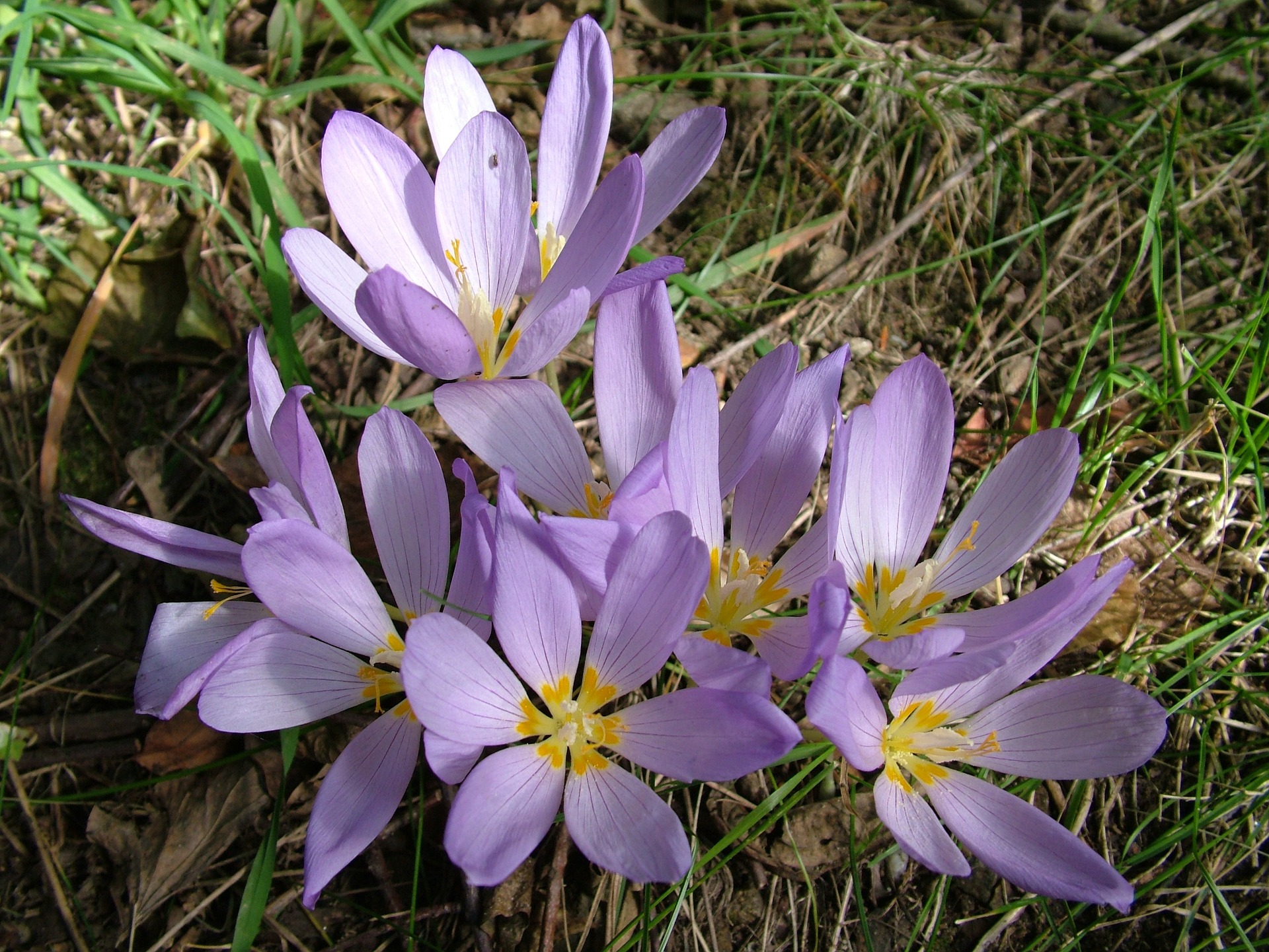Poisonous plants are mainly distributed in extensively used grassland areas. They occur here particularly in locations that are humid, humid or wet. By far the most dangerous poisonous plant in Austrian grassland is the autumn crocus. Also worth mentioning are sharp buttercup and swamp horsetail as well as monkshood and white germinator on alpine pastures. The transition from poisonous to healing effects and vice versa is fluid with poisonous and medicinal plants. Therefore, the term poisonous is always to be seen relatively. If animals can freely select their food, for example in a pasture, cases of poisoning rarely occur because poisonous plants are generally avoided. Cases of poisoning are most likely to occur at the start of grazing, during pasture grazing and when there is a lack of feed. In general, young animals are more at risk than older animals. The toxic effect depends primarily on the type of plant and the amount of plant consumed. The weight of the animals and general health are also important.






